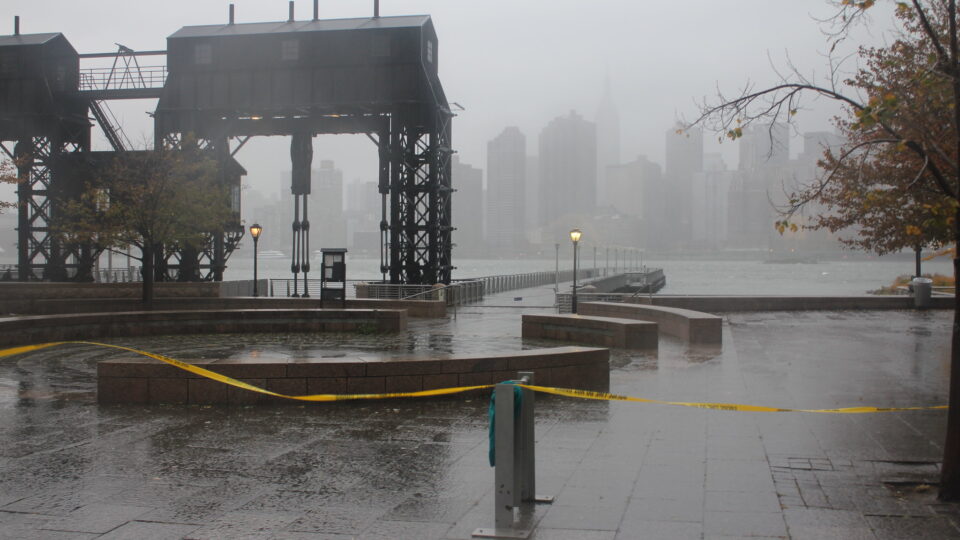According to a new study led by Yale University, more hurricanes are likely to hit Connecticut and the northeastern U.S. as global warming continues to increase temperatures in the region.
Hurricane Henri made landfall in August as a tropical storm on the Connecticut/Rhode Island border. In September 2020, subtropical storm Alpha made landfall in Portugal, the first subtropical or tropical cyclone ever observed to make landfall in the mainland of that country.
Tropical cyclones, hurricanes, and typhoons are typically intense and destructive in the lower latitudes.
The study concludes that violent storms could migrate northward in our hemisphere and southward in the southern hemisphere as a result of warming caused by greenhouse gas emissions.
The research predicts that tropical cyclones will likely occur over a wider range of latitudes than has been the case on Earth for the last 3 million years.
In Connecticut, Hurricane Henri was not the only tropical storm to affect the region in 2021. The remnants of Hurricane Ida brought damaging winds and torrential rain that felled trees and flooded streets and basements.
The northern expansion of such violent storms is going on as water levels in the Atlantic Ocean and Long Island Sound keep rising. Because of melting glaciers thousands of miles away, water levels in Long Island Sound could rise by as much as 20 inches by 2050, enough to submerge parts of Groton’s shore and cause regular flooding in roads and neighborhoods.
Future hurricane prediction is an inexact science, but the ongoing trends do not bode well for the region.
**********
Web Links
More hurricanes likely to slam Connecticut and region due to climate change, says study
Photo, posted October 29, 2012, courtesy of Rachel via Flickr.
Earth Wise is a production of WAMC Northeast Public Radio.

